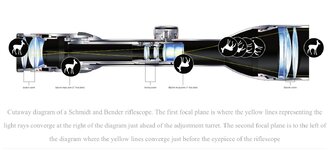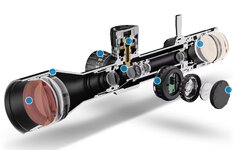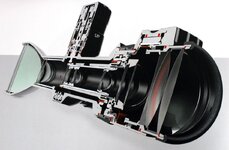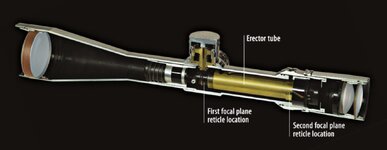Just wanted to get some advice.
I have a Trijicon Tenmile 3-18x44 which I mounted on my Tikka using Nightforce XTRM ultralight rings. I made a stupid mistake when mounting it and didn't realize it for a a few days.
The Tenmile is rated for 18 lbs but I torqued the rings to 25 lbs/in (as recommended by the Nightforce rings).
Is that enough to damage the scope / what should I check at the range to see if I damaged the scope?
Appreciate any help!
I have a Trijicon Tenmile 3-18x44 which I mounted on my Tikka using Nightforce XTRM ultralight rings. I made a stupid mistake when mounting it and didn't realize it for a a few days.
The Tenmile is rated for 18 lbs but I torqued the rings to 25 lbs/in (as recommended by the Nightforce rings).
Is that enough to damage the scope / what should I check at the range to see if I damaged the scope?
Appreciate any help!







